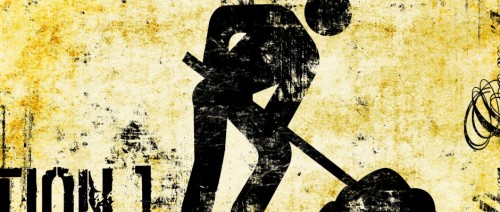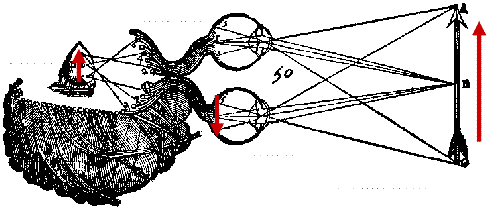
I just left my department’s colloquium lecture series where Dr. Virginia Eubanks from SUNY- Albany was giving an excellent talk on the computer systems that administer and control (to varying degrees) earned benefits programs like social security, Medicaid, and Medicare. The talk was really fascinating and a question from Dr. Abby Kinchy during the Q&A really stuck with me: How do we study different (and often long-outdated) versions of software? Particularly, how do we chart the design of software that runs on huge closed networks owned by large companies or governments? Are these decisions lost to history, or are there methods for ferreting out Ross Perot’s old wares? more...









